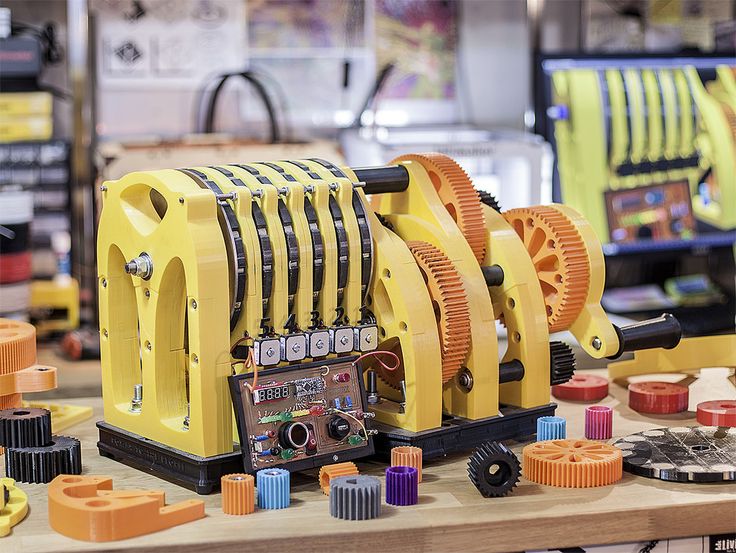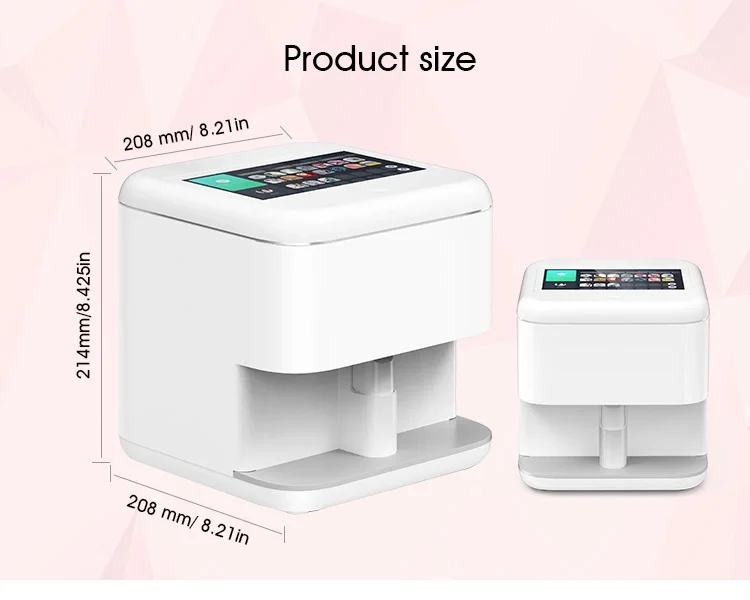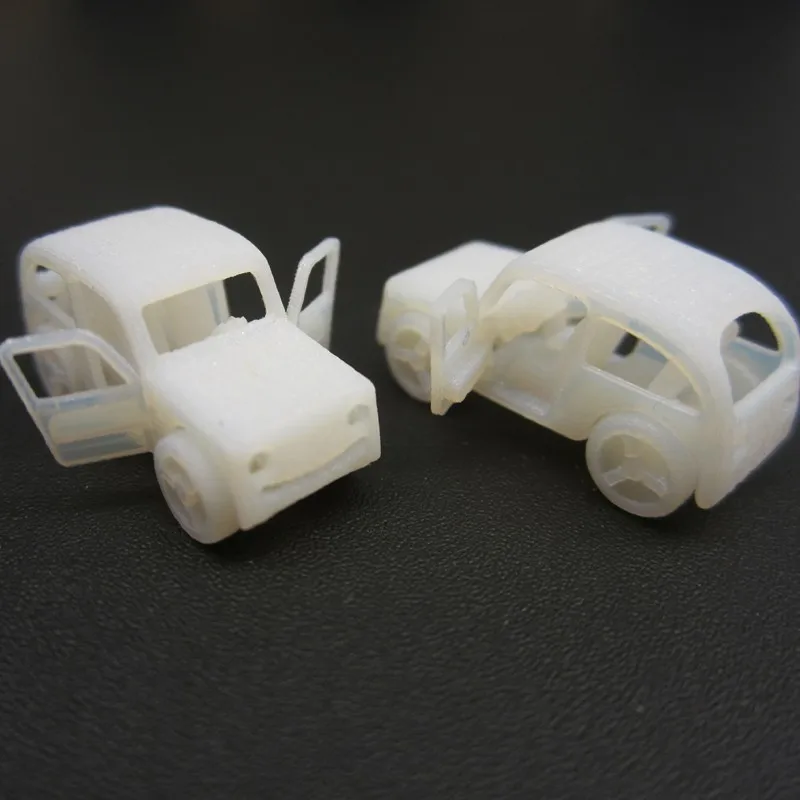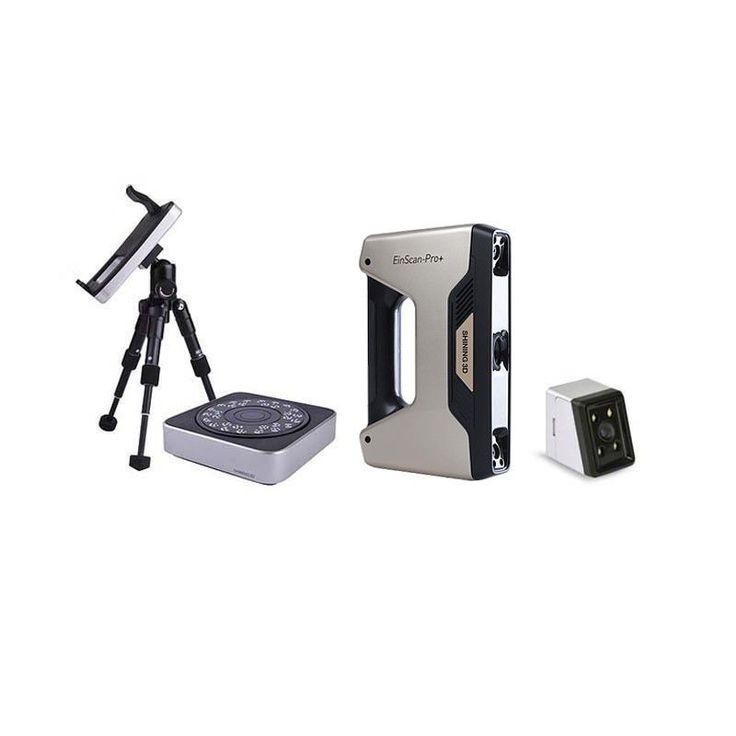3D printing with multiple materials
The Best Picks for 3D Printing with Multiple Materials
Category Engineering
In this article we’ll assess the most hip and interesting options available in the market right now. So, if you are interested in multi-color or full multi-material 3D Printing quote, this is your one stop shop!
Trailblazing!
Printing objects using diverse materials at the same time is said to be the vital capability of additive manufacturing, that could influence its potential well and truly beyond that of other contemporary manufacturing methods. Some of the ways it can change it for the better are as follows :
- It can eliminate the need for post processing assembly.
- It can reduce the requirement for post-processing stages such as coloring etc.
- It helps in promoting the methodical design of multi-functional objects.
- You will also be able to have a lot of savings in both manufacturing time and costs.
Fused deposition modeling or FDM 3D Printing in India governs the realm of the development of multi-material 3D printers, almost exclusively at the consumer level. But, since your typical desktop FDM 3D printers are equipped with a single-nozzle, single-extruder setup, it creates a lot of problems that are a bit tricky to overcome. Thanks to the ever-advancing technology and human ingenuity there are some savvy solutions, which we’re happy to share with you here.
The Manual Way
Ah the good old manual labor, you can almost always trust your own hands to do a job. This the most rudimentary method. You won’t be requiring any kind of special multi-material 3D printer. You can use any general FDM printer given, you can pause the printing process and switch the filament at any point during the printing procedure.
The trick behind the multi-color 3D printing in India is simply lying to your 3D printing slicer software. While using a slicing software such as Slic3r that supports multiple extrusion, such as, simply go to the “Extruders settings” option and falsely select the option of having more than one hot end.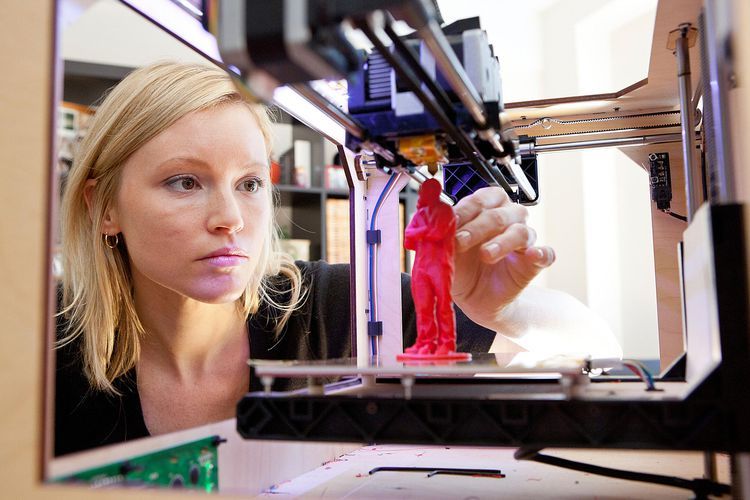 After that, you’ll also need to make the same firmware changes in Repetier Host’s printer settings. Also don’t forget to add a piece of code to the G-Code setting for a change of tool.
After that, you’ll also need to make the same firmware changes in Repetier Host’s printer settings. Also don’t forget to add a piece of code to the G-Code setting for a change of tool.
There are certain limitations though:
- An obvious one is, in hacking your printing in this way you’re going to have a lot of trouble in placing the material in specific regions of an XY layer.
- Lack of control is another limitation of this approach; you can somewhat mitigate this by editing the G-code itself. This can further be simplified by writing a script, in your slicer program. Such that it will pause the printing process, according to your needs. So, you can change the filament at locations.
Dual Extrusion
To have cruise control over the material along the X, Y and Z axes, your second-best option is to have a standard printer fitted with two extruders in place of one.
People often prefer using one extruder to print dissolvable supports that can be removed from the print, during post processing. But you may also use them to print in two colors or materials that will be present in the final model.
But you may also use them to print in two colors or materials that will be present in the final model.
Following are a few limitations of the dual extruder printers:
- The presence of a second extruder will reduce the area available for printing with a single extruder.
- There are greater chances of oozing and stringing.
- If by chance one of the extruders causes material deposited by the other to warp, you might see some layer-shifting defects.
Mosaic Palette 2
This is another option; this includes turning your standard FDM printer into a multi-material 3D printer with certain accessory apparatus. There are certain devices available that manage filament switching operations while simultaneously delivering your print through a single extruder.
One of the most appealing options available is the one devised by Mosaic Manufacturing, which introduced the Palette multi-material device, in 2016.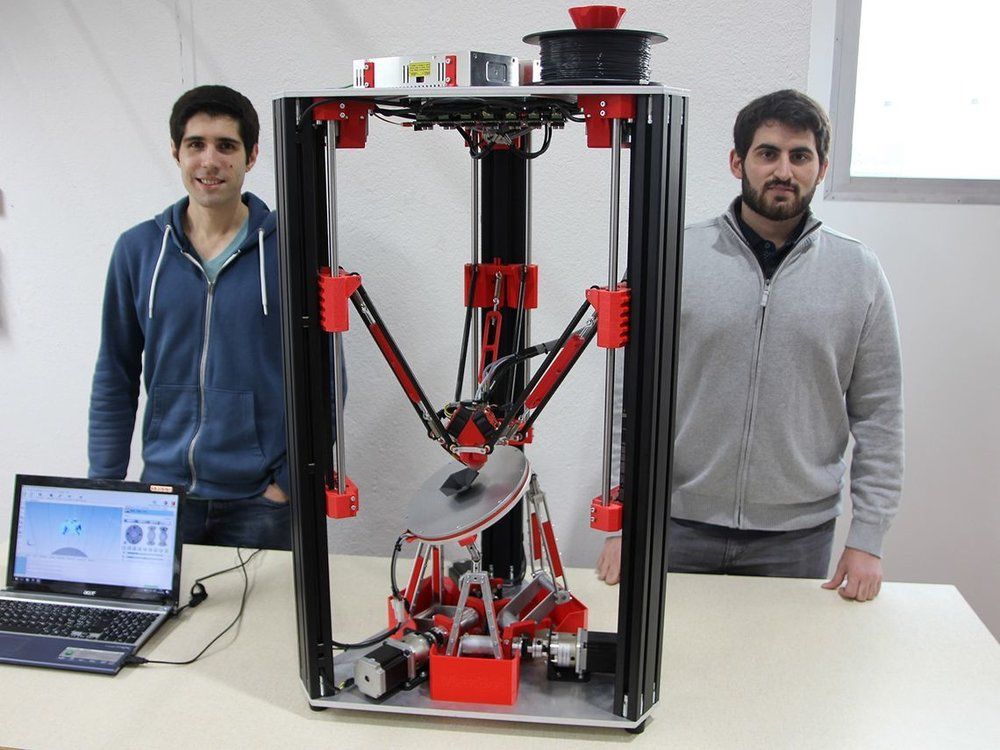 Recently the Palette 2 and Palette 2 Pro were also introduced by the company to supersede this.
Recently the Palette 2 and Palette 2 Pro were also introduced by the company to supersede this.
Its ability to splice and fuse sections of different filaments is what sets it apart. Such that by the time they arrive at the nozzle, the right type of filament is being fused and deposited at its proper place. It’s possible to combine up to four different filaments. There seems to be no substantial restrictions regarding the combination of filaments made of the different materials. While printing a multi-material object, you’ll have a “purge block” in your arsenal which is used to switch between the two different materials smoothly.
Various manufacturers of 3D Printing companies have collaborated with Mosaic Manufacturing. Making seamless integration with your FDM printer possible in principle.
Prusa Multi Material Upgrade 2S (MMU2S)
This is basically an upgraded reintroduction of Prusa’s II-gen multi-material add-on. With this the users of Prusa’s i3 MK2.5, MK2.5S, MK3, and MK3S 3D printers can print in up to five different materials or colors.
With this the users of Prusa’s i3 MK2.5, MK2.5S, MK3, and MK3S 3D printers can print in up to five different materials or colors.
The novel MMU2S unit sits upstream in relation to the printer’s extruder, which makes simultaneous collection of all five filaments and feeding the correct filament possible. Prusa has put out some massive overhauls by testing and revision in the MMU2S, this results in a much more reliable design compared to MMU2 model.
In addition to all that, the new Prusa MMU2S includes a revamped body, upgraded filament loading mechanism, and a filament buffer. Additionally, the F.I.N.D.A. filament sensor continuously detects feed of filament, assisting in avoiding any print issues from blockages further up the chain.
Contrary to the first MMU’s four, the MMU2S needs only a single extruder motor to pull the filament. It is compatible with PLA, ABS, PETG, and soluble materials.
What Features Are Most Important to You?After you decide what you’re going to do with your multicolor 3D printer, you’ll want to determine which features are a priority.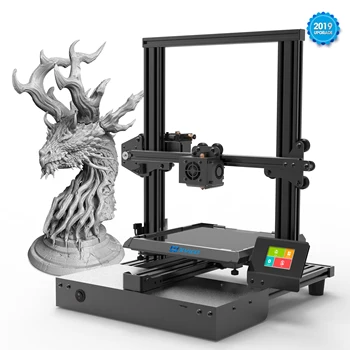 Different products offer different features with different qualities under a different 3D Printing quote.
Different products offer different features with different qualities under a different 3D Printing quote.
Each 3D printer is going to provide a different level of surface finish, resolution, and accuracy. Which of these features are most important to you? Determine that and you’ll have a solid idea of which 3D printer fits your needs for affordable 3D Printing services.
Color 3D Printing Surface Finish
Surface finish is important for a few pieces. Keep in mind that you can smooth the surface of your item after it's done 3D printing, however, it’s usually best to choose a 3D printer that does this for you.
There are a few reasons you want to select a printer with this feature. First, it reduces the total amount of time it takes to produce an item with 3D Printing service since nothing needs to be done post-processing. Plus, if the smoothing process isn’t done properly there could wind up being problems.
Color 3D Printing Resolution
Next up on the list of features to consider is the printer’s resolution capabilities.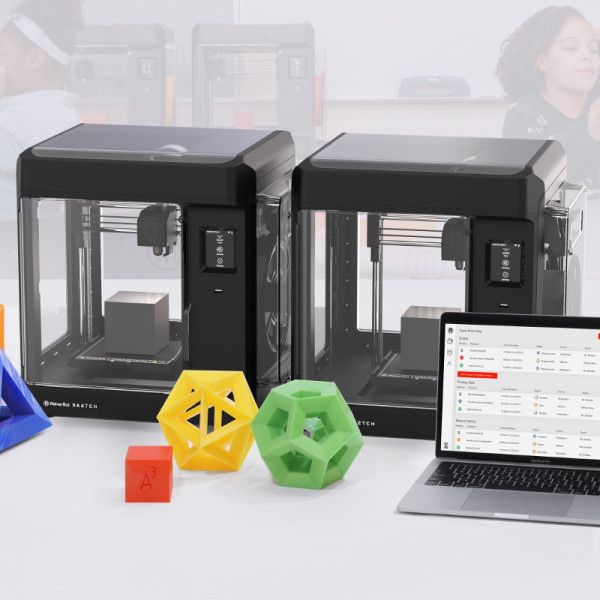 Some 3D printers only print with the minimum resolution possible. However, there are also options on the market for online 3D Printing services that offer excellent resolution, so determine how important this feature is to you.
Some 3D printers only print with the minimum resolution possible. However, there are also options on the market for online 3D Printing services that offer excellent resolution, so determine how important this feature is to you.
Remember that the layer height (layer thickness) is what tells your 3D printer what resolution to print. The lower the designated layer height, the higher the resolution you’ll get on your printed item.
Color 3D Printing Accuracy
Last, but definitely not list, is the accuracy of your multicolor 3D printer. You want complex pieces and geometrical parts to print just the way you expect them to, so you want to be sure you’re getting a 3D printer that can handle it.
Additionally, if you plan on 3D printing pieces that will need to be put together later, accuracy is of the utmost importance. Accuracy is definitely something to keep in mind as you decide which 3D multicolor printer makes the most sense for your 3D Printing service in India.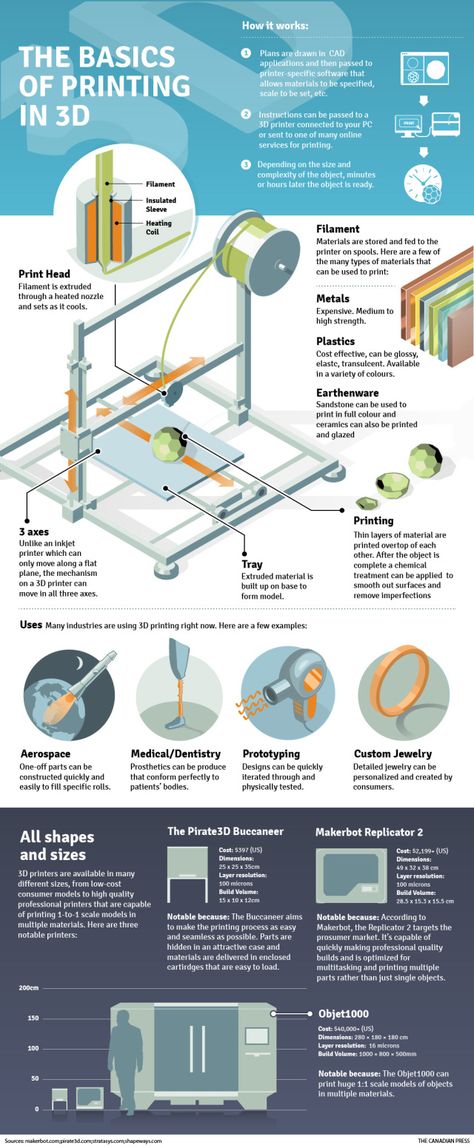
3D Printing Speed
If you’re unfamiliar with 3D printing speed, it’s measured by inches printed each hour. Of course, the amount of time it takes to print your item depends a lot on the size and complexity of its design.
Oftentimes, speed will also depend on the type of different material you’re printing with. Take all these factors into account before you settle on a multi-color 3D printer for online 3D Printing India. Sometimes the ones that brag about their speed aren’t the ones that can handle heavy workloads.
Also, remember that just because you’re getting higher speeds doesn’t mean you’re getting precision. Some 3D multi-color printers sacrifice on accuracy in favor of higher speeds. So, if you’re planning on printing parts that require extreme accuracy, a high-speed printer may not make sense for you.
3D Printer Build Size
When it comes to the size of your printer, you’ll want to primarily think about how much room you have and what you plan on printing with your online 3D Printing services.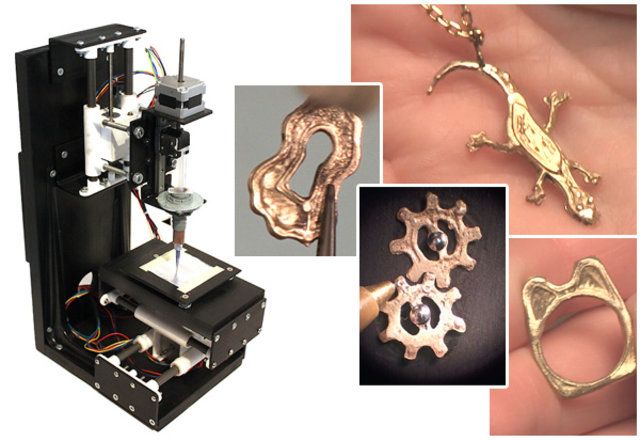 That’s because you can find multi-color 3D printers that are big enough to fill a closet while others are small enough to sit on a desk.
That’s because you can find multi-color 3D printers that are big enough to fill a closet while others are small enough to sit on a desk.
Most 3D printers specify their build size, so you shouldn’t have any trouble finding the right one. Just be sure you don’t ignore the printer’s build size. If you wind up printing items that are bigger than your 3D printer build size, you’ll wind up with a useless printer.
Multi Color 3D Printer Material
Next, let’s take a look at what type of material you plan on using with your multi-color 3D printer. Were you aware that today, there are a wide variety of materials available to choose from? And the list keeps growing!
When 3D printers launched, the only option was photosensitive resin. But as 3D printing service in India has progressed, multiple materials and options have come into the picture.
Of course, selecting the materials for your 3D printer may depend entirely on what you plan on printing. So, for instance, if you need to print items that need to be durable or flexible, you want to be sure you choose a material that allows for those capabilities.
In today’s market of 3D printing online, there are a wide variety of materials available. There’s even a good possibility you’ll find varying degrees of print quality with the type of material you select. That’s why it’s critical that you know exactly what you’re printing and what type of material you’ll need.
For example, if you plan to print using PLA filament (vs PETG filament, ABS filament, or a different filament), then your 3D multi-color printer will have to work with that type of material. Chances are you’ll want to use various types of materials for color 3D Printing service, so try to find a printer that will accept different color and material options.
FAQs About 3D PrintersQuestion: Can my 3D printed items be sanded?
Answer: Plastic parts made from FDM (FDM 3D printer vs SLA printer) are capable of being sanded with belt sanders or by hand. Think of it as sanding down an automotive part of a piece of wood. The nice thing about sanding is that it doesn’t cost a lot and is an effective method for getting a smooth finish on your print.
Think of it as sanding down an automotive part of a piece of wood. The nice thing about sanding is that it doesn’t cost a lot and is an effective method for getting a smooth finish on your print.
Sanding is one of the most used techniques for finishing a 3D-printed part. You can sand and smooth nearly all your pieces except for a few tiny parts.
Question: What is the life expectancy of a PLA print?
Answer: A decent 3D printed piece will roughly take 6 months to start showing signs of stress and decay. This will show up in the form of cracks and lines in your piece. Of course, the length of time it takes depends largely on the conditions in which the piece resides.
While you may notice that the piece isn’t as perfect as it once was, in the right conditions, your printed project may last up to a decade and a half.
Question: Are the parts I printed on my 3D printer airtight?
Answer: With a high-quality 3D printer, you can now print watertight printed objects such as canisters, cups, and containers. This type of technology makes it possible to create 3D prints that will float or even hold water.
This type of technology makes it possible to create 3D prints that will float or even hold water.
So, what are you waiting for? Go print that 3D boat you’ve always wanted and give it a take on the swim!
Question: Can I make money using my 3D printer?
Answer: Sure, you can! One of the simplest ways to earn a little extra money is by using your multi-color 3D printer to create items and 3D object models and sell them with a good 3D Printing quote. There are sites available online through which you can sell your goods, or you can always create your own.
List your multi-color 3D printer as a service available to others and have them pay you for any items or pieces that you print.
ConclusionWe think that if you need a specific object, buying a whole multi-material 3D printer or an upgrading kit might feel too much like a bother. Fortunately, there are several online 3D Printing services where you can upload your files and have them printed.
Also Read : A Step by Step guide to 3D printing Threads and Screws
Multi-material 3D printing for functional components
- Home
- 3D printing
- 3D printing information
- 3D printing methods
- Multi-material 3D printing
What is multi-material printing?
Multi-material printing uses two different filaments to make one component in a single work step. This combines the advantages of two or more different materials in one component.
The filament that igus developed specifically for mechanical engineering is called the "tribofilament". Filaments under this name have outstanding, unique wear resistance properties and very good coefficients of friction. But other filaments have also been specially optimised for strength and rigidity. Multi-material printing can combine tribofilaments with other materials within a component so as to supplement the high wear-resistance with other mechanical and functional properties.
NEW: Rigid multi-material partner for iglidur® i190 and for structural components
igumid P190 fibre-reinforced filament
The new igumid P190 fibre-reinforced 3D printing filament was developed specifically as a partner material for iglidur® i190 for manufacturing especially strong components that are also low-friction in the multi-material printing process.
As a multi-material composition, it combines the wear resistance and sliding properties of the iglidur i190 tribofilament and the special stiffness of igumid P190 in a single component. The impressively high flexural strength (237 MPa) and flexural modulus (11.5 GPa) (printed flat, print lines aligned according to optimum strength, filling direction optimised), also makes igumid P190 suitable for structural component production.
More information on igumid P190 in the shop
Request a two-component 3D printing service part
Multi-material 3D printing with up to four materials
Rapid production of multi-functional special parts in a single work step
A four-component printer allows tribofilaments to be combined with up to three other filaments. This gives rise to multi-functional special parts that are 3D printed and thus manufactured quickly and economically in a single work step.
One possible combination is intelligent bearings for predictive maintenance: a fibre-reinforced housing, tribofilament at stress points, and integrated sensors to warn of bearing overload.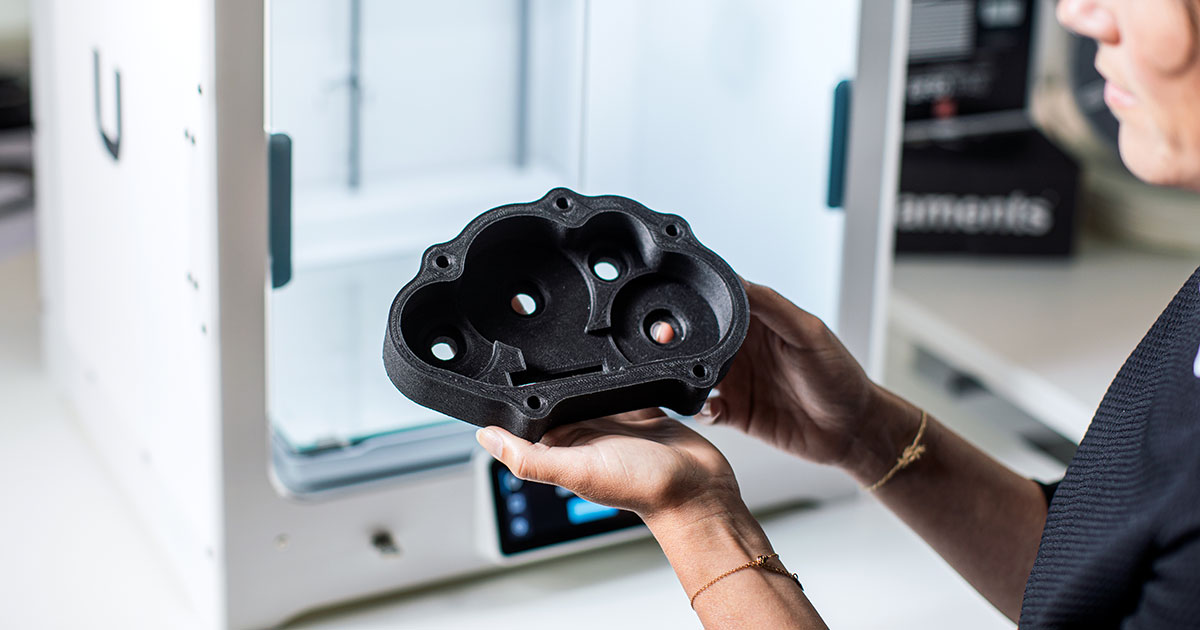
Other application areas include abrasion-resistant components with integrated seals.
Do you have an application that requires multi-material components? We would be happy to help you implement your project.
Send a project query
What kinds of multi-material combinations are there?
How and with what materials can iglidur tribofilaments be combined?
Many materials are compatible and can be combined in one way or another in two-component printing. Similar filaments (such a materials with the same base polymer or similar processing temperatures) can be firmly bonded: the materials meld with one another, connecting the component's two "phases". This no longer functions when the difference between processing temperatures is too great: then one of the two materials may not remain dimensionally stable during processing or may even be subjected to damaging temperatures. To be absolutely certain of the connection, an interlocking design in which the two phases are combined so that they cannot be separated by non-destructive means is a good option.
Mechanical properties
Tribofilaments are combined with highly rigid or flexible materials. This allows the construction of very strong components - including ones made with the lightweight construction method - combined with the tribological advantages of iglidur filaments. The combination of iglidur filaments and flexible materials works very well in the manufacture of gripper fingers if the gripping surface has to provide a good grip, but the moving components have to slide.
Injection moulding combined with 3D printing
Moulded, 3D printed components, make it possible to implement geometries that are only possible with 3D printing in combination with the larger choice of available materials in the area of injection moulding, as all iglidur materials can be selected.
3D printing with smart functions
Multi-material printing allows speedy manufacture of wear-resistant polymers with an integrated sensor layer. This is how extremely durable special parts are created which issue a warning before overloading occurs or when the wear limit is reached to enable predictive maintenance.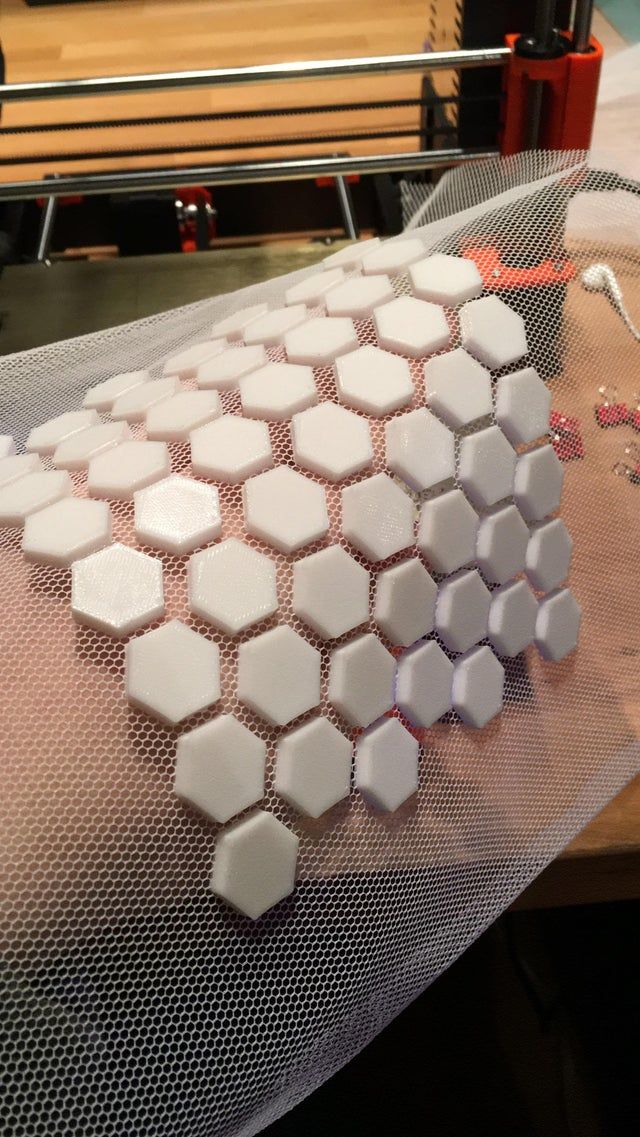 Find out more about 3D isense.
Find out more about 3D isense.
Where are two-component parts used?
Deflection lever
A component for deflecting forces; its great rigidity protects the joint from interfering influences. The bearing points operate especially smoothly and are durable and wear-resistant. A good solution here is a combination of a carbon-fibre-reinforced filament such as igumid P150 and a tribologically optimised material such as one of the igus iglidur tribofilaments.
Gripper
The dynamic requirements dictate that the gripper element be as light as possible, but with great flexural strength, and grip securely but gently. While the gripper's body is manufactured with a fibre-reinforced filament, a flexible filament whose high coefficient of friction ensures a secure grip can be used for the gripping surfaces.
Customer application: two-component gripper in the packaging industry for cosmetics products
Lead screw support block
A shaft's bearings should compensate for any angle errors and dampen shocks. The iglidur® plain bearing element can be encased with a flexible filament such as TPU with a Shore hardness of 95 A.
The iglidur® plain bearing element can be encased with a flexible filament such as TPU with a Shore hardness of 95 A.
About 3D printing at igus
- Materials
- Additive procedures
- Service and support
Why 3D printing at igus?
Other wear tests
3D printing with iglidur compared to PLA, ABS and other materials and manufacturing processes
3D printed iglidur polymers put to the test
3D printing news
Discover more innovations in the field of additive manufacturing at igus, and find our everything about our new materials and services.
Our innovations at a glance
Largest multi-material monolithic object 3D printed
Cincinnati Incorporated, a developer of machine tools and 3D printing technologies, has 3D printed what is considered one of the largest multi-material monolithic parts to date.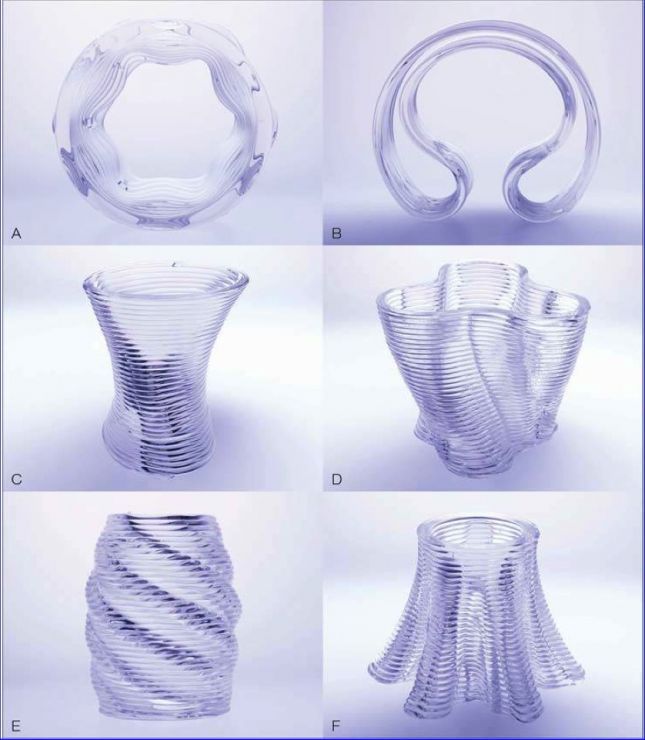 Using a modified version of the BAAM additive manufacturing system, the partners were able to demonstrate that large parts can be 3D printed using only recycled composite materials. nine0003
Using a modified version of the BAAM additive manufacturing system, the partners were able to demonstrate that large parts can be 3D printed using only recycled composite materials. nine0003
Over the past few years, CI has partnered with the US Department of Energy's Oak Ridge National Laboratory to continuously improve and develop BAAM. Initial research focused on large scale printing of single material systems, typically short fiber reinforced polymers. Large scale multi-material printing has been achieved by making changes to BAAM and incorporating a new extruder design that features a dual feed system. nine0003
“The source of material fed into the extruder switches on the fly at certain times during printing, moving the two material ports back and forth over the inlet to the extruder,” said CI manager Ristenberg. “The system also includes an off-frame material mixer that can mix certain amounts of different materials and fillers on the fly for certain special material grades.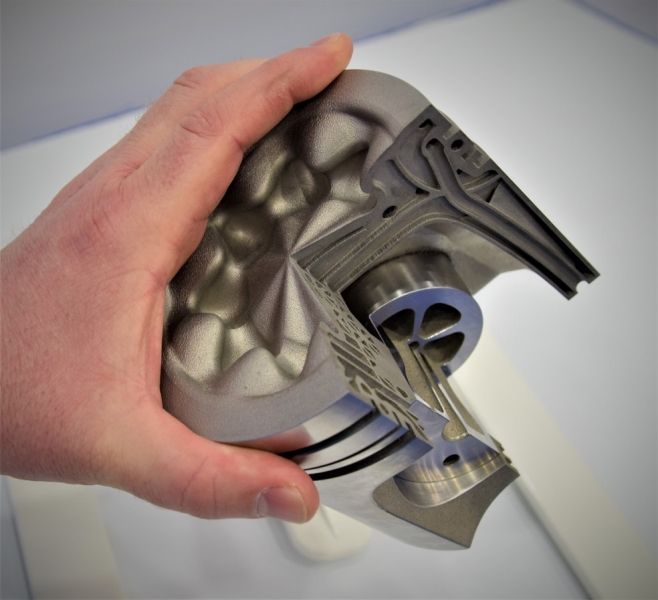 ”
”
Ristenberg explained that the combination of the media switch mechanism and media mixer gives users the ability to print with several different media types and media combinations in one design instead of two. nine0011 The part selected for this demonstration was one facet of a precast concrete tool used in the manufacture of commercial window panels for high-rise buildings in New York City. The mold weighed approximately 400 pounds and was 10 feet 10 inches long. Printing time was approximately seven hours. The completion of projects such as the creation of a 181kg 3D printed injection mold shows just how far extra-large 3D printing has come.
“Research has shown that new mechanical characteristics and versatility can be achieved by using multiple materials in a structure,” said materials scientist Vidya Kishore.
The two materials used in the build were a mix of 100% recycled CF/ABS and standard CF/ABS and synthetic ABS.
In addition to the environmental benefits of using recycled materials, the benefits of multi-material extrusion include printing conductive circuits for smart structures, lightweight core structures, lower tooling costs, easier removal of support material, local reinforcement of certain areas, the ability to use different materials in different elements.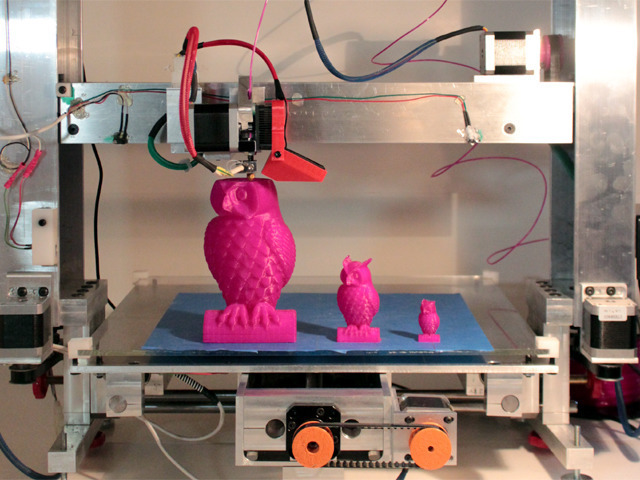 component and even change the color of the part. nine0003
component and even change the color of the part. nine0003
(There is a solution) 3D print multiple materials with different properties on one printer
I searched the web and found various 3D printers with different benefits and materials they can print - some even multi-color.
However, I can't seem to find a printer that can print multiple materials with different properties; for example, print PLA and metal at the same time. Is such a printer currently available or in development? nine0003
▲ 7
Yes and no.
for example, simultaneous printing of plastic and, say, metal. Is such a printer available or under development?
Practically speaking, no. Printing on metal requires significantly higher temperatures than on plastic, and the two processes are so incompatible that there are currently no good solutions that would allow one printer to print both options with the same font. Whether it's filament extrusion, laser sintering, or resin curing, the materials used need to be similar enough in processing conditions to print side by side without issue. nine0003
nine0003
There are many printers that can print multiple materials by changing the print head. For example, you can use a ceramic paste extruder and then change the head for the next print using plastic.
In the past, there have been and are some efforts to solve this problem. For example, Wood's metal, a low temperature alloy, can be poured at temperatures compatible with plastics so that a printer can be built that prints plastic leaving depressions or voids in the plastic, then the same printer will pour molten Wood's metal into these areas during that printing. which then hardens into an internal metal structure. They are intended for circuit and electrical engineering, however there are still significant problems as the differences in thermal expansion of these materials lead to stress and low reliability. nine0003
So while some of these processes are under development, they are still experimental and there are significant challenges to overcome before printers can print a wide variety of materials in a single print session.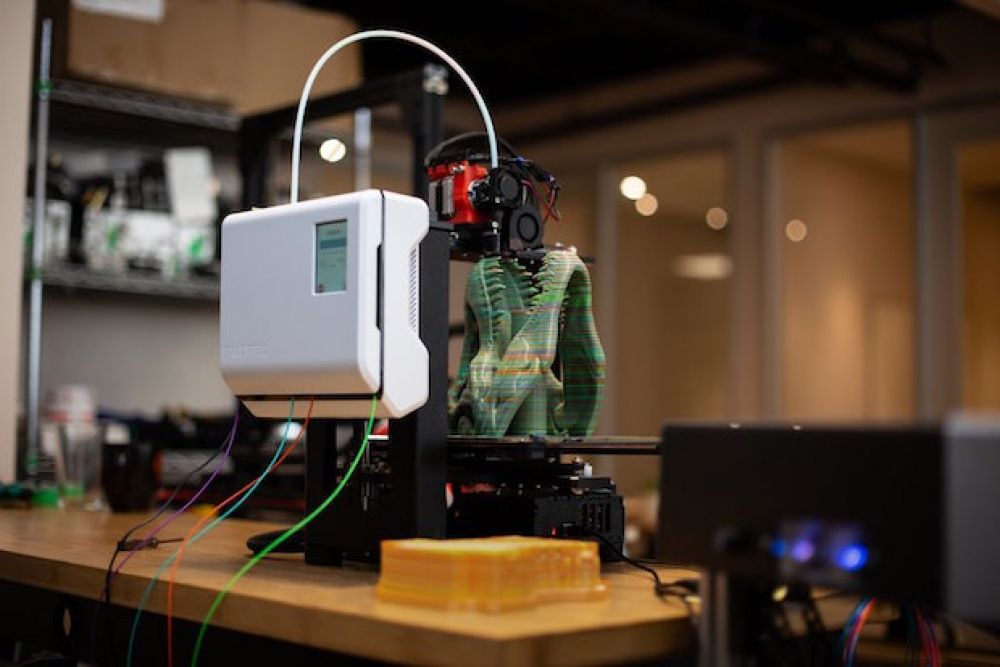
Of course, you can find plastics with such a wide range of characteristics that they can be considered as printing various materials. Wood fiber impregnated plastics, printing next to conductive graphite plastics, printing next to flexible plastics, etc. Etc. Now possible, and depending on your requirements, they can meet your needs. nine0003
, @ Adam Davis
▲ 3
Most of this can be achieved with a dual extrusion printer. However, dual extrusion is best suited for either multicolor printing or liner printing. For example, print a part with PLA and print all support material with water-soluble PVA.
In practice, printing two completely different materials is not good engineering practice because they may not adhere well to each other. Thus, in the case of pure metal and pure plastic, the two materials will not bond well because they will not both be in the same physical state at any given time.





